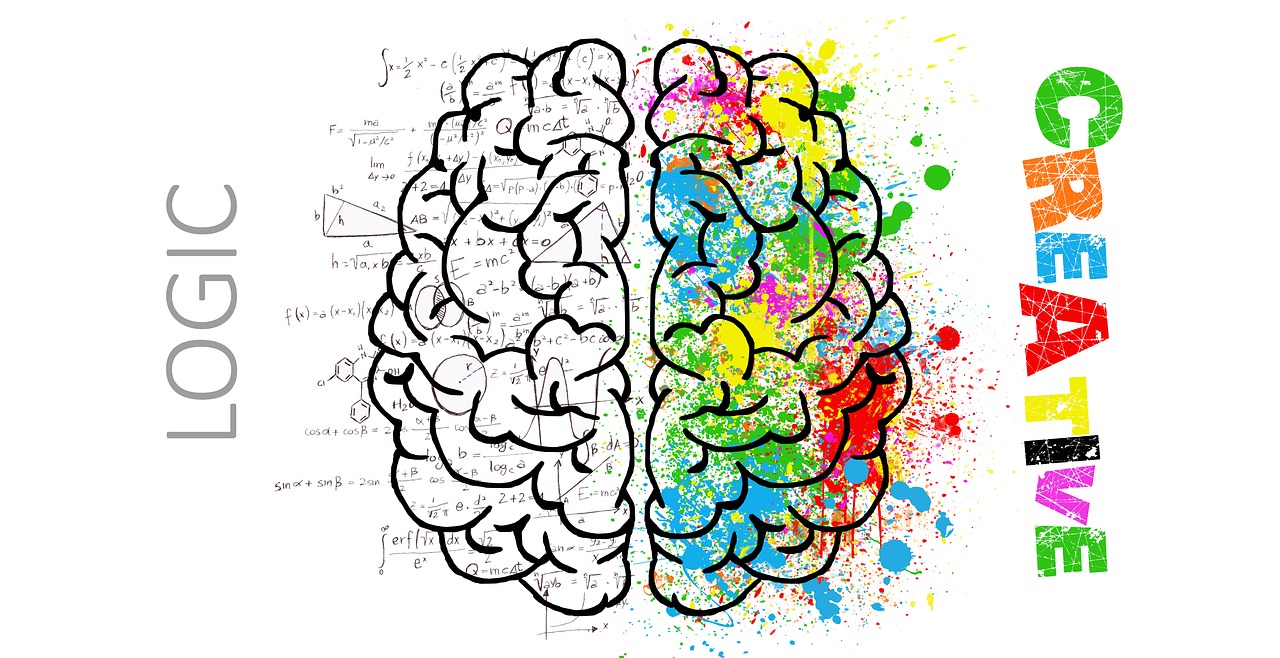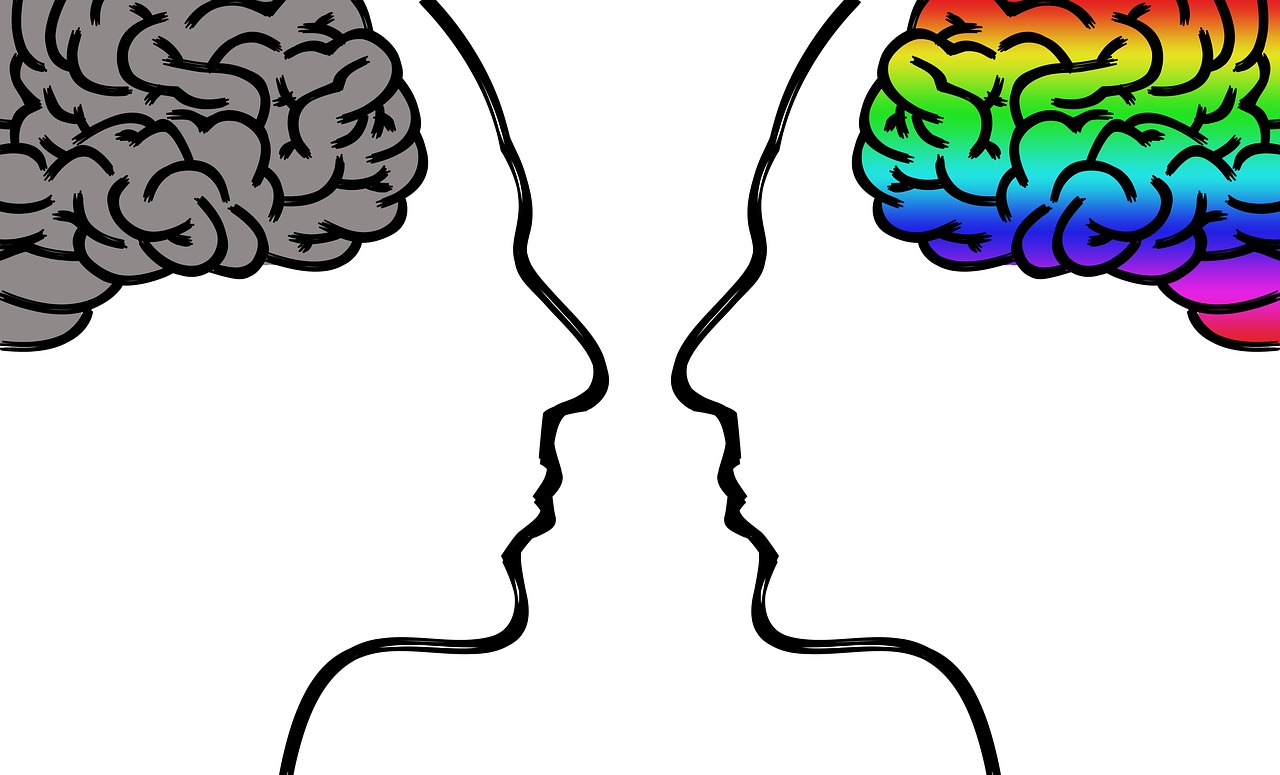Difference Between Normality and Abnormality Psychology
Normality and abnormality psychology are terms used to describe specific behaviors, sets of or patterns of behaviors, including thoughts and feelings, as well as traits which are either biological or psychological. Normality and abnormality are subjective to individual perception and to societal standards which are further dependent on situation, context, age, or gender. Perceptions of normality and abnormality also vary by culture. Furthermore, the meanings of these two terms differ with the changing societal norms, even within a specific culture.
In everyday language, even in psychology, these two are logical opposites in meaning; normality is the state of being normal, whereas abnormality is the state or condition of having abnormal behaviors, including thoughts and emotions, as well as traits. However, because of the subjectivity of these two terms, behaviors that are not normal are not always abnormal just as a perceived absence of abnormal behavior is not necessarily called normal. Normality and abnormality are further discussed in the following sections.

What is Normality?
Normality is behavior that is consistent in a person’s usual way of behaving. It is conformity to societal standards as well as thinking and behaving similarly to the majority, and as such is generally seen as good in this context. Normality is also behavior that is expected and/or appropriate to the situation. It may also be just being average, as is the case in psychological statistics. It involves being able to adjust to the surroundings, manage or control emotions, being able to work satisfactorily as well as build relationships that are fulfilling or at least acceptable.

What is Abnormality?
Abnormality is any impairment in an individual’s functioning or maladaptation to changes in life or the surroundings. It is behavior that is unusual, bizarre, atypical or out of the ordinary. It is maladjustment to one’s society and culture, exaggeration, perversion or violation of a society’s prevailing standards, and is generally viewed as bad. It can be a lack or a deficit in a particular trait, like in limited intelligence, or just being a statistical rarity as in being above genius. It can also be a disorganization in personality or emotional instability. In abnormal psychology, abnormality is defined as behavior that is deviant from societal norms, distressing to the individual or to close relations, dysfunctional to everyday living, or dangerous to self or others.
Difference between Normality and Abnormality
Statistics
In any given behavior or trait, normality is being average or close to average. Scores falling within one standard deviation above or below the mean, the most average 68.3% of the population, is considered normal. Normality may extend up to two standard deviations away above or below the average for a total of 95.7% of the population. Meanwhile, abnormality is the statistical rarity, falling in between two and three standard deviations away above or below the average, which is 4.3% of the population.
Social Norms
Normality is conformity to the accepted or most common behavior within a group or even a subgroup. This includes following situational or contextual norms as well as reacting appropriately to situations and events. On the other hand, abnormality is deviance or violation of those norms.
Daily Functioning
Normality is being able to cope with and having appropriate coping mechanisms with the stresses of everyday life, being able to work, to interact with other people and to establish and maintain relationships. Abnormality, on the other hand is being dysfunctional in these areas; being overly susceptible or inappropriate coping to stress, being unable to be productive, to interact or to form relationships as well as moving from one relationship to another too often or having relationships that are too short.
Mental Health
Normality usually allows for a healthy state of mind for an acceptably lengthy period of time. A disorganized personality and unstable emotions as well as prolonged mental or emotional distress are considered abnormal.
Adaptation/Adjustment
Normality is being able to adapt or adjust to changes in life or in the environment. Abnormalities are those that prevent an individual from coping with these changes or behavior that result to maladaptation and maladjustment.
Effect on Others
Normal behavior ranges from having a positive effect on others to being so usual that it is barely noticed. Abnormal behavior on the other hand, ranges from being slightly amusing or irritating to outright dangerous to others.
Normality vs Abnormality Psychology

Summary
- In psychology, normality and abnormality refer to behaviors, including thoughts and emotions, as well as biological and psychological traits.
- Normality and abnormality are subjective to individual perspectives and societal norms and the meanings of each may change depending on the times, culture and societal standards.
- In simplest terms, normality is conformity to norms and abnormality is deviance from the norms.
- Normality is good or correct adaptive behavior while abnormality is maladaptation or maladjustment.
- Normality usually leads to healthy state of mind and living while abnormalities may lead to mental or emotional distress.
- Difference Between Hematoma and Melanoma - February 9, 2023
- Difference Between Bruising and Necrosis - February 8, 2023
- Difference Between Brain Hematoma and Brain Hemorrhage - February 8, 2023
Search DifferenceBetween.net :
2 Comments
Leave a Response
References :
[0]Image credit: https://www.maxpixel.net/Human-Body-Psychology-Thoughts-Head-Brain-Face-1965678
[1]Image credit: https://pixabay.com/de/illustrations/gehirn-verstand-psychologie-idee-2062055/
[2]Bartlett, Steven James. Normality Does Not Equal Mental Health: The Need to Look Elsewhere for Standards of Good Psychological Health. Santa Barbara, CA: Praeger, 2011. Print.
[3]Cohen, Ronald Jay, and Mark E. Swerdlik. Psychological Testing and Assessment 9th Edition. New York, NY: McGraw-Hill Education, 2018. Print.
[4]Comer, Ronald J. Abnormal Psychology 9th Edition. New York, NY: Worth Publishers, 2015.Print.
[5]Neuman, Fredric. Determining What Is Normal Behavior and What Is Not. May 1, 2013. https://www.psychologytoday.com/intl/blog/fighting-fear/201305/determining-what-is-normal-behavior-and-what-is-not (accessed July 21, 2019).

This article looks so much like ableist hate speech. It pathologizes neurological differences and does not discuss “normality” and “abnormality” as sociological concepts which reflect certain moral hierarchies, but as psychological terms.
Reading this text makes us think “abnormal” people are “aberrations” which threat to perversely twist “normal” society, and believe the actual problem is the “abnormals” themselves and their “incapacity” to fit in society, not the unethical, exclusionary and sometimes outright evil way most “normals” treat them.
I strongly recommend this article be edited to approach the “normality” vs. “abnormality” paradigm by more neutral means, because the way it is currently written is clearly biased against disabled people.
Very interesting